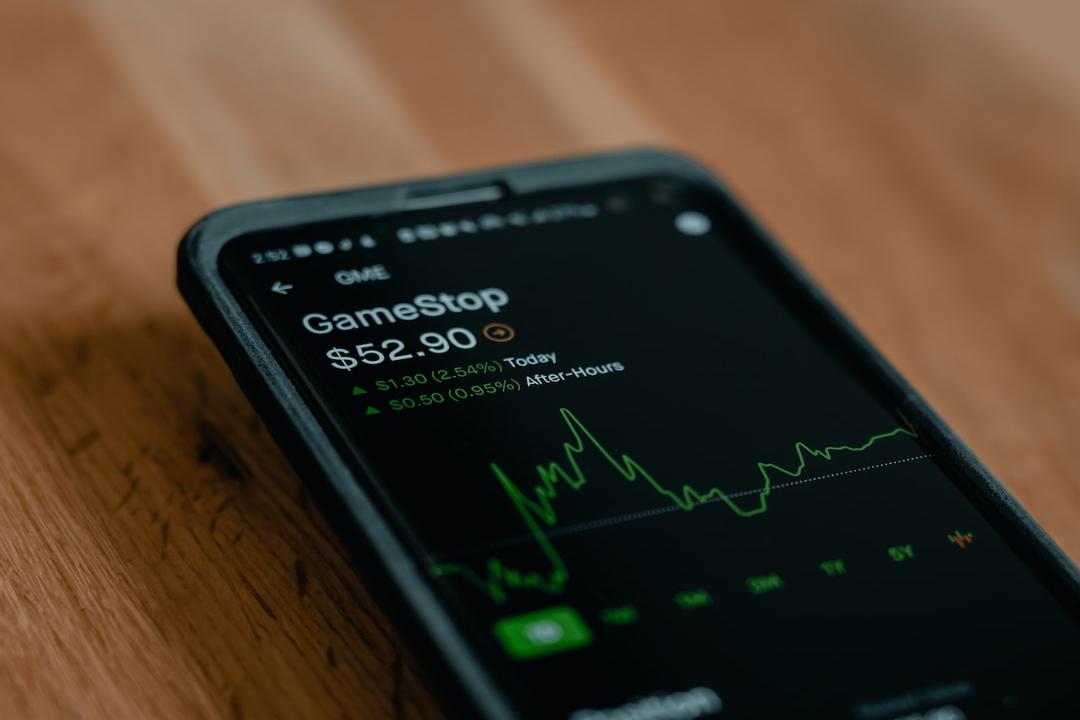SatoshiVM is a ZK Rollup that utilizes EVM for off-chain computation, which means users can interact with SatoshiVM in a similar way as they do with Ethereum, and developers can build on SatoshiVM just like they do on Ethereum. This article is sourced from an article by @0xBoboShanti and Bubblemaps, compiled, translated, and written by Blockbeats.
Table of Contents:
Beware of on-chain detectives warning of scams
SatoshiVM may be related to Bool Network.
250 SAVM holding addresses funded by the same wallet
Recently, the Bitcoin ZK Rollup Layer 2 solution, SatoshiVM, has sparked discussions on Twitter, and its native token, SAVM, has increased nearly 50 times on its first day of trading.
Blockchain data from Bubblemaps shows that a wallet starting with 0xe77fb sent SAVM to 250 influencers, with the top four holding addresses owning around 40% of the token supply. In addition, crypto researcher @0xBoboShanti conducted an investigation on the developers of SatoshiVM and found that their team may be from Bool Network. BlockBeats has compiled and translated two tweets as follows:
SAVM is one of the largest projects in 2024. Many people have made millions by selling SAVM.
On the data media platform, on-chain detective @ZachXBT tweeted, “When a large number of KOLs start projects at the same time, it is likely that they have allocated and dumped cheap tokens to you.”
According to SatoshiVM’s token economics, 15% of the supply has been sent to “contributors” (or influencers), with most of them selling the tokens immediately after receiving them.
Furthermore, @farp_farp tweeted, “The only technical part of SatoshiVM’s ‘whitepaper’ is very similar to the Scroll technical document. Are they adapted from other sources or does it just look like it?” SatoshiVM includes all the current hot topics like Bitcoin, Rollup, ZK, Taproot, Layer 2, etc., so it’s not surprising that the crypto community likes it.
So, who are the developers behind SatoshiVM?
First, let’s take a look at SatoshiVM’s Github.
The organization’s first commit was two weeks ago on January 5, 2024. There are four contributors: satoshidev1, PTOnece, 0xlagoon, and tb1p. Satoshidev1 created a Github account two weeks ago, while the others created their accounts five days ago.
The Github repository is sparse – a whitepaper, yellowpaper, Blockscout branch, SatoshiVM website, and bridge and airdrop contract repositories, the last two of which are empty.
There must be more information. Even the best S-tier developers cannot create a brand new Bitcoin Layer 2 Rollup utilizing ZK technology in just two weeks.
Analyzing the activity on the Sepolia testnet, an unverified contract was found. It seems to be a bridge contract that allows the testnet SAVM on Sepolia to bridge to the SatoshiVM testnet and vice versa.
Decompiling the contract by @dedaub reveals some unique signatures and function names, and the most interesting one is the frequent mention of “anchor.” “receiveFromAnchor” is not a common function name, and I wonder if there are other contracts using it.
It turns out that Bool Network has developed an AMT bridge contract called TokenBridge.sol. It uses the same function names and events, and SatoshiVM’s version seems to be its direct implementation.
Bool Network was established at the end of 2020 and has long been dedicated to Bitcoin Layer 2 solutions. In 2022, they published a related academic paper, and their Github organization can be found here.
Checking Bool Network’s explorer, we can confirm that SatoshiVM is using Bool Network.
One thing to note is that Bool Network supports the SatoshiVM testnet and has supported the SatoshiVM development network since January 5, 2024, which is a few days earlier than when everyone else knew about SatoshiVM.
Bool Network’s explorer also includes the logos of the SatoshiVM development network and testnet, which the Bool Network team needs to add to display. It seems that the SatoshiVM team and Bool Network team are directly connected.
Let’s go further.
Without diving into technical details, every bridge requires an “Anchor” contract to be deployed on each respective chain, and this contract is deployed through interaction with the “AnchorFactory” contract on each chain.
Looking at Bool Network’s documentation, they provide us with the address of the AnchorFactory contract on the Sepolia testnet, showing that the system was deployed in May 2023. So who deployed the AnchorFactory?
It’s the same address that deployed the SatoshiVM Anchor: 0x66feD255e376c5E5495384A8aBc01a1AA65aFE8a.
It seems that the SatoshiVM team and Bool Network are the same team.
Strangely, SatoshiVM doesn’t mention Bool Network at all, even though they seem to be on the same team.
Bool Network also doesn’t have a token yet, although they are planning to launch one (it’s challenging to launch just one token for some developers).
Nevertheless, I’ll let readers draw their own conclusions.
If you’ve made it this far, you can get some free alpha: 3% of the Bool Network token supply will be airdropped to the community, and 10% will be airdropped to testnet participants (Huntooors airdrop collection).
Considering the distribution and the fact that SatoshiVM dominates 99% of the activity on Bool Network, I wouldn’t be surprised if the majority is allocated to them.
According to Bubblemaps monitoring, the wallet starting with 0xe77fb has sent SAVM to 250 influencers. Over 1.2 million tokens, worth $12 million, have been received. 50% of them have already been dumped on Uniswap.
The pink-colored collections should represent “ecosystem” wallets. They are currently unlocked, and the top four wallets hold 39% of the supply: 0x7ff02, 0x42cd, 0xfdacf, and 0x5aee.
The other two collections are yet to be checked.
Related reports
Decoding “Uniswap” on Bitcoin: DeFi protocol based on Stacks by ALEX Lab
TokenGazer rating | Blockstack (Stacks): No obvious shortcomings in technology, compliance, and ecosystem development
Nakamoto version of Stacks to be released: Facilitating integration of Bitcoin ecosystem liquidity?

